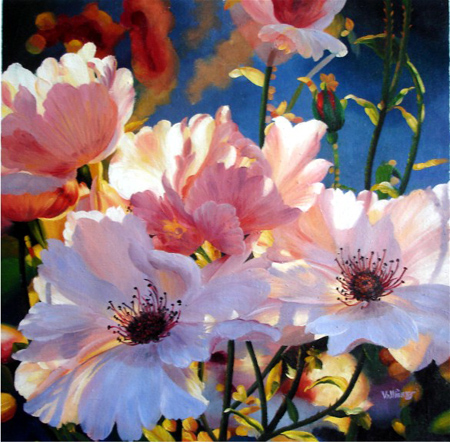R. Jean (John) Vallieres
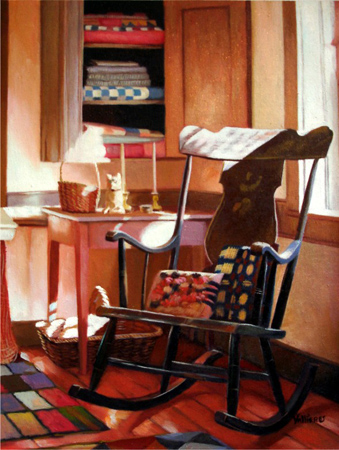
"Her Chair" |
||
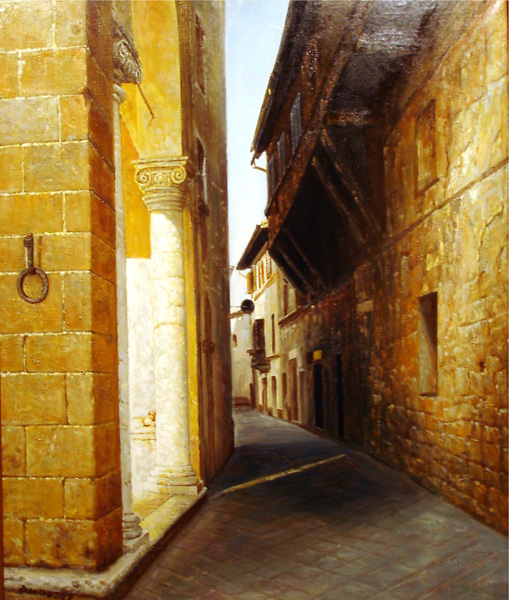
"The Way Home" |
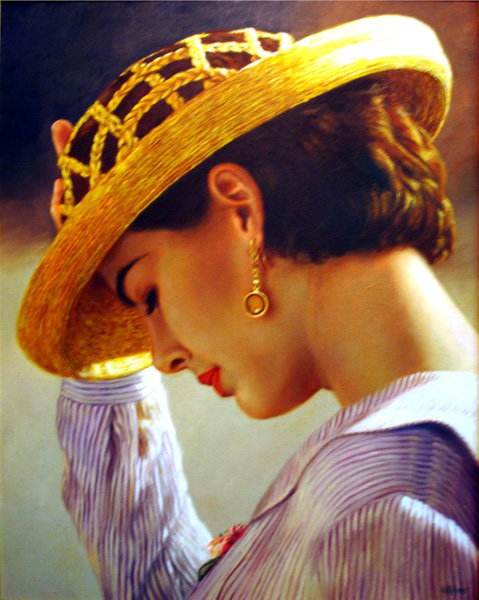
"Raimee" |
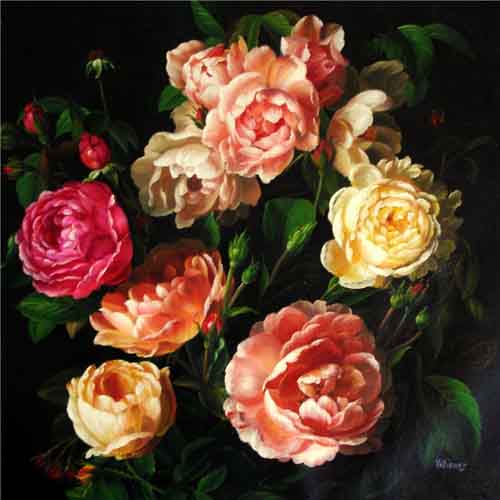
"Victorian Bouquet" |
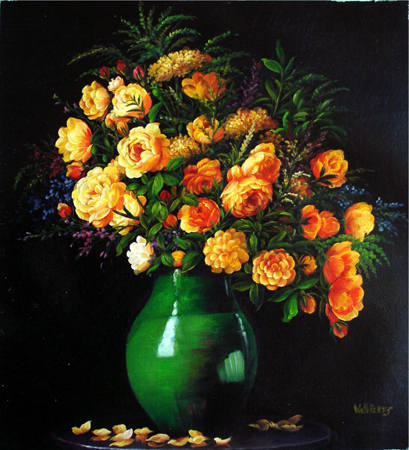
"The Green Vase" |
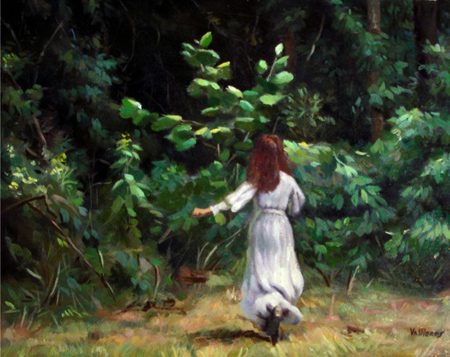
"Hide and Seek" |
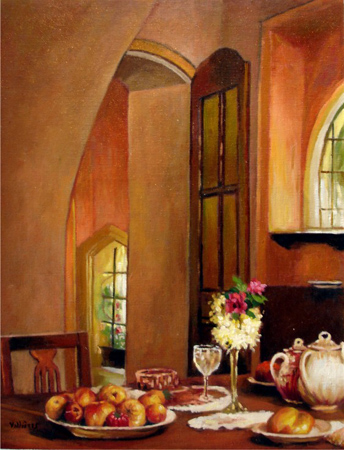
"Country Table" |
Vallieres’ paintings, as seen above, are an amalgam of 18th and 20th century neoclassicism and 19th century realism. His canvases often depict American landscapes and figurative subjects; though ‘American’ refers to those American painters who have abandoned the more “in vogue” and less demanding painting techniques to return to the more demanding tight, tedious brush stroke required in classical realism. Hence: Neoclassical American Realism.
Neoclassical American Realism: A Definition
Neoclassicism (sometimes called Neo-classicism) is the name given to distinct movement in the visual arts in effect at various times between the 18th and the 20th centuries. Novelty, improvisation, self-expression, and blinding inspiration [synonyms for modernism or minimalism] are not neoclassical virtues. Neoclassicism exhibits perfect control and does not recreate art forms from the ground up with each new project, as modernism demands.
Neo-classical paintings are devoid of pastel colors and haziness; instead, they have sharp colors with Chiaroscuro. Chiaroscuro, from the Italian, meaning “light and dark”, depicts light and shade by contrasting them boldly.
Realism was essentially ushered in by the industrial revolution in France (mid -19th century) and attempts to observe nature and reality objectively. Realism in art is the depiction of subjects as they appear in everyday life, without embellishment or interpretation. The term is also used to describe works of art which in portraying a truth, may also emphasize the less attractive side.
